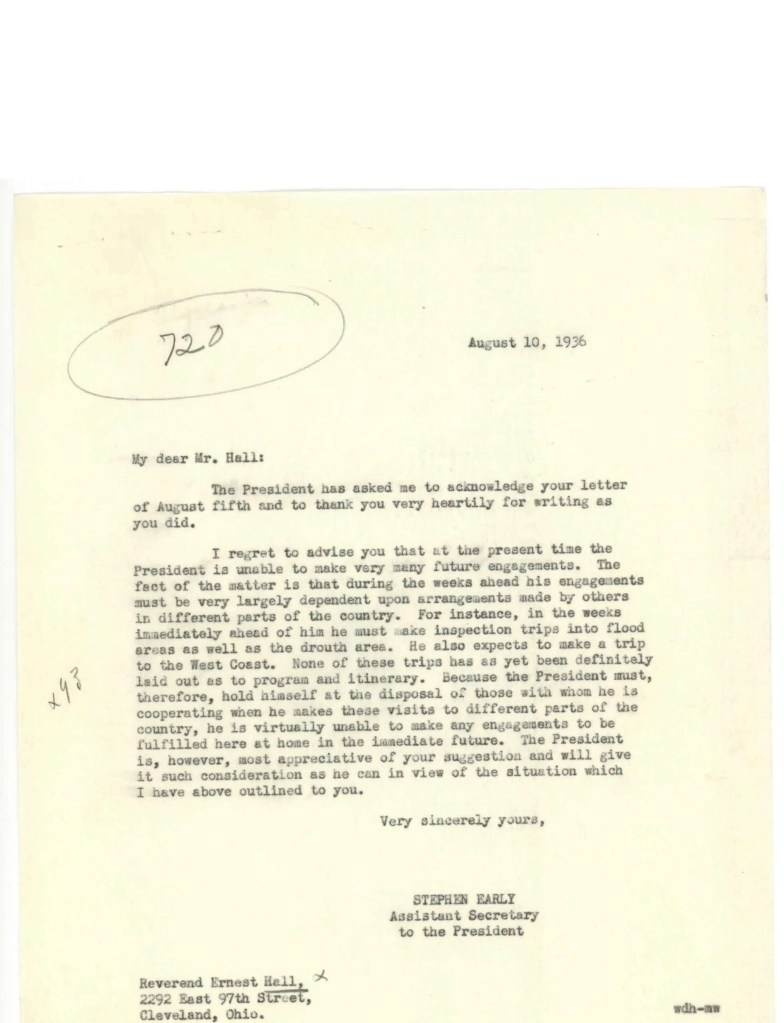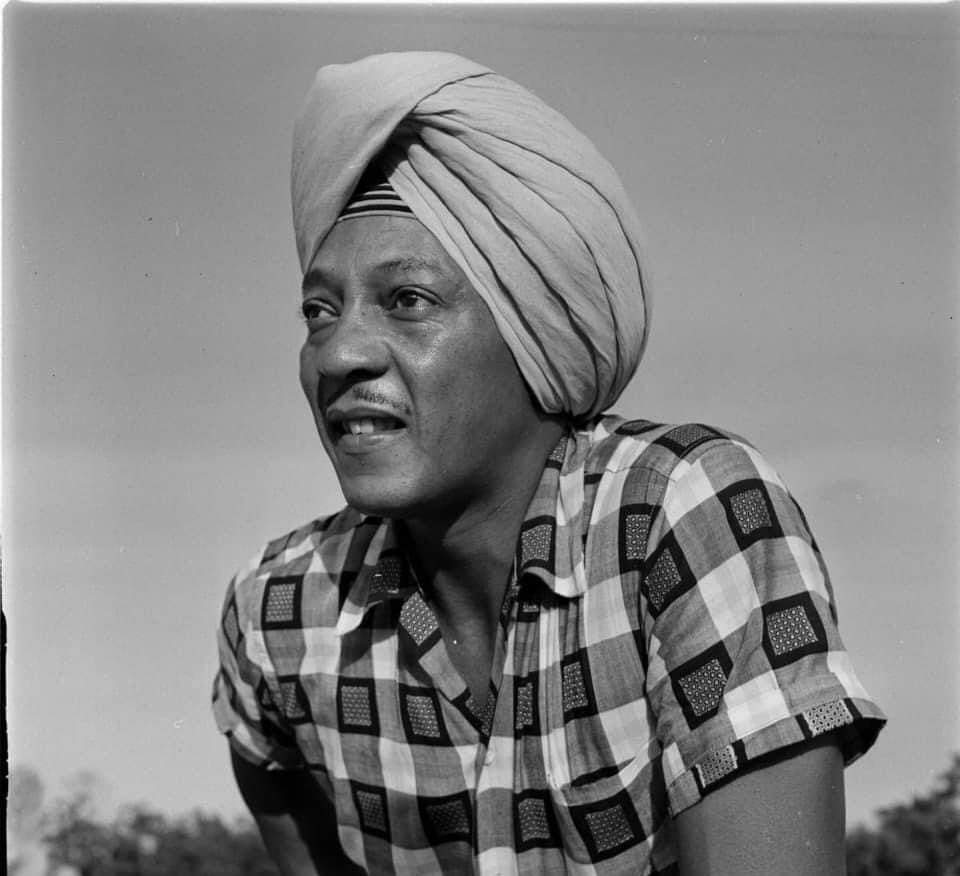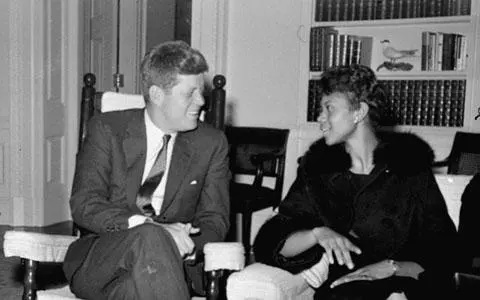By JOHN KEREZY, eyeoncleveland founder. See more details below
CLEVELAND — Hundreds of telegrams from all over the U.S. poured into Berlin’s Olympic Village in August 1936, addressed to Jesse Owens. Each gold medal Owens won resulted in an avalanche of accolades. Ohio’s governor and the mayors of Cleveland and Columbus congratulated him. But the nation’s highest elected official, President Franklin D. Roosevelt (FDR), did not.
Although he was honorary president of the U.S. Olympic Committee, FDR had maintained a hands-off policy with respect to Olympic matters. He had taken no side when many elected leaders, Jewish groups, and the NAACP all (unsuccessfully) called for a boycott of the Olympics in Germany in 1935. They did this due to the Nazis’ increasingly racist oppression against Jews, gypsies, Blacks and others.
Nor did Roosevelt offer any well wishes to the more than 300 Olympic athletes who sailed to Germany aboard the SS Manhattan for Hamburg and then on to Berlin by train in July 1936. And when Owens and others came up with world records and with gold medal triumphs, FDR did not send congratulations to them.
As the U.S. press covering the Berlin Olympics wrote about the gold triumphs of Owens and other Blacks (such as Cornelius Johnson, Archie Williams and John Woodruff ) on the US team, they made note that Germany’s chancellor Adolph Hitler refused to acknowledge them. Blacks won 14 of the 56 medals Team USA brought home from the Olympics. Stories about Hitler’s snub of U.S. Blacks became page one news in the Black press across America, and also in mainstream papers. “Hitler Snubs Jesse” was the front-page headline of the Cleveland Call & Post on August 6, 1936.

Above: Front page of the Cleveland Call & Post. Below: Front page of the Baltimore Afro-American
At the same time, awed of the success of Black and other U.S. athletes in Berlin, many prominent people began encouraging FDR to acknowledge the Olympians in some way. Below are two letters sent to Roosevelt about honoring Olympians. The writer of the first, Rev. Ernest Hall of East Mt. Zion Baptist Church, wasn’t just any pastor, in Cleveland or nationally. He had married Ruth Solomon to Jesse Owens in 1935. I.H. (Irvin) McDuffie was President Roosevelt’s personal valet, his wife Lizzie was Eleanor Roosevelt’s maid, and both once had Rev. Hall as their pastor.


“How happy our hearts would be to know that our sons along with the sons and daughters of the White race are invited to Hyde Park (President Roosevelt’s home) to meet the President of the United States and to receive personal congratulations from on for victory won on German soil,” Rev. Hall wrote.
And there were more letters and telegrams sent to Roosevelt, encouraging him to honor the Olympic Team with a meeting. H.R. O’Keefe worked for the Los Angeles brokerage house/investment firm of G. Brashears & Co. His letter to FDR had a heading titled “Capitalizing the Triumphal Homecoming of Our Olympic Team” Additionally, there were also many telegrams sent to Roosevelt, urging him to honor the Olympians. So why didn’t he?
A return letter to Rev. Hall from Stephen Early, assistant secretary to Roosevelt, stated that the president’s schedule was already too busy for a reception in the manner which Hall’s letter had suggested. A much more likely reason was the 1936 election: Roosevelt and his advisers probably felt they would lose Democratic votes in the so-called “Solid South” if they hosted Blacks at a presidential event.
About a month after the ticker tape parades and city hall receptions honoring Owens had passed, he made what seemed to be an unusual statement: President Roosevelt had also snubbed him. “I came back to my native country and couldn’t ride in the front of the bus…I had to go to the back door. I couldn’t live where I wanted…I wasn’t invited to the White House to shake hands with the president either.”
Owens was just publicly stating what he knew personally, as no doubt he’d heard from Rev. Hall about the latter’s letter to the White House. It became widely known that Owens and other Blacks on the 1936 Olympic team felt they had also been snubbed by their own president.


For nearly two decades after his 1936 Olympic triumphs, Owens’s biggest opponent was discrimination and racism. Unjustly stripped of his amateur athletic status, soon was in a survivor mode. He raced against horses and did other demeaning barnstorm running exhibits 100 to 150 days a year to make money. He had difficulty obtaining and keeping a well-paying job, and he filed for bankruptcy in 1938. No one can know for certain, but a presidential acknowledgement of the success of Owens and other Black athletes in the ’36 Nazi Olympics might have struck an early blow in the advancement of Civil Rights.
COLD WAR, OLYMPIANS AND GLOBAL POLITICS
By the 1950s, Owens had important positions with the Illinois Athletic Commission and then the Illinois Youth Commission. He was also traveling to Europe and the Far East as a State Department goodwill ambassador, and conducted track clinics in India, the Philippines and Indonesia. And he wasn’t the only Olympian employed in such a manner.
Another ambassador was Korean-American Sammy Lee, America’s first Olympian to win the gold medal twice in diving in platform diving 1948 and 1952. A major and doctor in the U.S. Army Medical Corps, Lee traveled to several nations in Southeast Asia to promote the U.S. When leaders and people in the so-called “non aligned” nations of the world saw successful Blacks and minorities such as Owens and Lee, it disproved propaganda from the Soviet Union claiming that minorities in the U.S. lived in prisons and poverty.


Admired the world over for defeating Hitler’s belief in Aryan supremacy, Owens was also President Eisenhower’s personal ambassador to the 1956 Olympics in Melbourne. In this time period, Owens and many others realized that sports — especially the Olympics — had become a battlefield where both the Soviet Union and the U.S. were also competing to advance their national interests.
Beginning with Dwight Eisenhower, U.S. presidents also increasingly saw Olympians and saluted their accomplishments. Triple gold medalist Wilma Rudolph accepted an invitation to visit the White House and meet with President John Kennedy on April 14, 1961. It wasn’t a long session: President Kennedy was interested in Civil Rights, but he had another subject on his mind, Cuba. The failed Bay of Pigs invasion began three days later, on April 17.

AN ATONEMENT, 40 YEARS LATER
Owens accepted an invitation to attend a reception at the Rose Garden on August 5, 1976, to honor the 1976 Summer Olympic athletes. Little did he know that then President Gerald Ford, a University of Michigan graduate, had a surprise in store for Owens, an Ohio State Buckeye.
Upon arriving at the White House, Owens learned there was another reason for the ceremony. Ford was awarding Owens the Presidential Medal of Freedom, the highest civilian honor. In his remarks, Ford mentioned that he had been among a crowd of nearly 10,000 who witnessed what’s become known as the “Greatest 45 Minutes in Sports,” when Owens broke three world records and tied a fourth in winning four events in the 1935 Big Ten Track & Field Championships in Ann Arbor, Mich. Owens went on to finish first in those same four events (100 yard dash, 220 yard dash, long jump, 220 yard low hurdles) in both the 1935 and 1936 NCAA championships. He was then — and remains today — the only athlete in college history to place first in four different track and field events in two consecutive championships.
AND 40 YEARS LATER STILL
By the 21st century America’s presidents were regularly acknowledging Olympians at the White House. It was decades overdue, but one of the most poignant celebrations came in September 2016. President Barack and his wife Michelle Obama welcomed the 31st Summer Olympians and Paralympians who represented Team USA in Brazil to Washington D.C., and along with them invited descendants of the 1936 U.S. Olympians. Also present was Tommie Smith and John Carlos, gold and bronze medalists, respectively, in the men’s 200-meter finals in the 1968 Mexico City Olympics and the “Black Power” salute protesters.
For the children and grandchildren of the ’36 team, the honor helped atone for President Roosevelt’s snub of the team when it returned from Europe. There were 19 family members present, representing nine of the 1936 Olympians. Obama lavished praise on all present that day.
“It was (Owens and) other African-American athletes in the middle of Nazi Germany under the gaze of Adolf Hitler than put a lie to notions of racial superiority — whooped ’em and taught them a thing or two about democracy and taught them a thing or two about the American character,” Obama said. “We’re honored to have many of their families here today.” Obama congratulated by name four female Team USA gold medal-winning members who competed in the 2016 Summer Olympics, including gymnast Simone Biles, first.
He made a powerful point that representation is vitally important in a media-dominant culture. “Imagine what it means for a young girl or a young boy who sees somebody who looks like them doing something and being the best at what they do,” Obama said. “There’s no kid in American who can’t look at our Olympic team and see themselves somewhere.”

SOME SOURCES INCLUDE
https://www.docsteach.org/documents/document/letter-from-pastor-ernest-hall-to-president-roosevelt
https://www.docsteach.org/documents/document/letter-h-r-okeefe-to-fdr-olympics
https://www.nps.gov/hofr/learn/historyculture/irvin-and-elizabeth-mcduffie.htm
https://www.whitehousehistory.org/running-against-the-world
https://diplomacy.state.gov/stories/dr-sammy-lee-olympic-champion-and-goodwill-ambassador
Kerezy has completed primary writing on his second book, Jesse Owens: Sensation, Superstar, Survivor, Symbol, now undergoing review with Kent State University Press. Plans are for publication in 2025. Reach him via email at john.kerezy@tri-c.edu. He’s interested in bookings at colleges and universities to speak about Jesse Owens, beginning in Fall 2024. He’s also available to speak in Northeast Ohio about Jesse Owens as part of Cuyahoga Community College’s Speakers Bureau. Details are at: https://www.tri-c.edu/about/speakers-bureau/index.html



